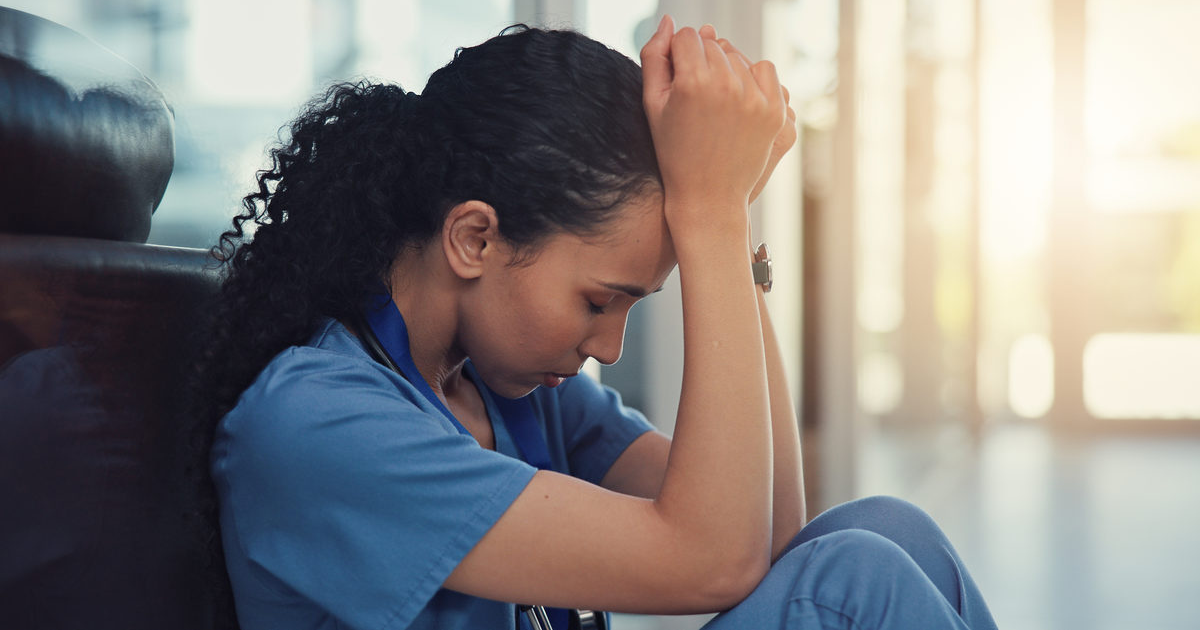Outwit the nits
WITH THE PHARMACY GUILD OF AUSTRALIA
Head lice are part-and-parcel of the school experience for many children but finding effective ways to clear them can be difficult.
The misconception surrounding hygiene and head lice is one of the biggest, with statistics indicating more than 20 per cent of primary school students likely to get head lice, and a single infested head can infest a whole classroom.
Head lice are wingless creatures that move from host to host by crawling or climbing. Close contact between children gives them great opportunities to spread, but head lice are not confined to children.
While they are more common in children because of the close contact children have with each other, anyone can get head lice.
Most community pharmacies stock special combs as well as shampoos, conditioners, creams and other products to treat head lice infestation.
Pharmacy Guild of Australia national president George Tambassis says there are chemical-based treatments on the market as well products which include essential oils such as anise, rosemary, lavender, and tea tree oil.
“The wide variety of active ingredients available is due to the fact that head lice are very adaptable and can develop resistance to some chemicals.
“For this reason, it is important to talk to your community pharmacist about which is the right product for you or your child.
“Your pharmacist has the experience and training to make sure you get the best treatment.”
After selecting a treatment, it is important to test if the lice are dead following use.
Treatment failures can be caused by inadequate time in contact with hair and scalp, inappropriate application methods, or the use of ineffective products.
Ask your pharmacist to recommend an evidence-based product and to show you how to apply it.
A fine-tooth comb is essential to getting the nits out.
If live lice are found in the combings after treatment, it’s possible they are resistant to the product, and retreatment should begin as soon as possible with a product that has a different active-ingredient group.
If the lice are dead, treat again in seven days using the same product. If the treatment has worked, the lice will be dead within 20 minutes.
It is possible a head lice product could cause a reaction and should be used with care by women who are pregnant or breastfeeding, children less than 12 months old and people with allergies, asthma or open wounds on the scalp.
Your pharmacist can advise on how best to treat head lice and which products may work best for you or your children.


















